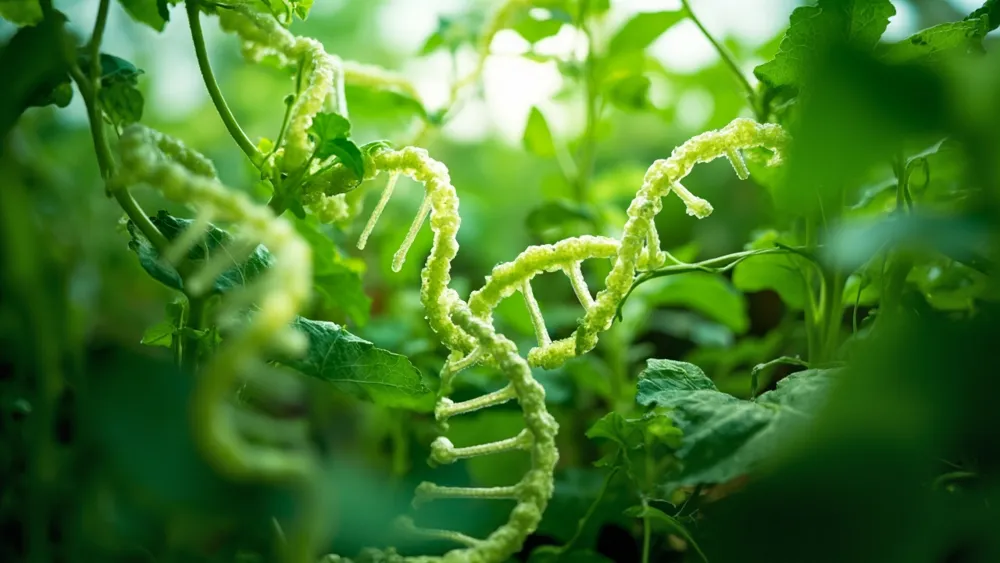Decoding Mendel's Legacy: Modern Insights into Pea Genetics

In a world grappling with climate change and food shortages, understanding the genetic foundations of crops is more important than ever. One remarkable recent advancement was the resolution of a 160-year-old mystery in genetics—how Mendel’s famous pea traits can now be traced back to their corresponding genes. This breakthrough not only enriches our comprehension of genetic inheritance but also opens doors to improving agricultural practices, ultimately contributing to global sustainability efforts.
The research, published in *Nature*, identified the genes behind the seven classic pea traits that Gregor Mendel studied in the 19th century, such as seed shape and flower color. Mendel, often called the father of genetics, established the basic principles of heredity through meticulous pea hybridization experiments. However, he lacked the technology to unveil the actual genetic makeup controlling these traits. Fast forward to 2025, a collaboration between researchers from Shenzhen Agricultural Genomics Institute and the John Innes Centre in the UK has uncovered these genes, utilizing extensive genome sequencing of 700 pea varieties. This massive dataset becomes a treasure trove for identifying hereditary traits and refining modern agricultural breeding techniques.
To illustrate this breakthrough, consider Mendel's observation that purple flowers dominate over white flowers in successive generations, suggesting a hidden power of 'dominant' traits. The recent study confirmed that this dominance can be traced to specific genes acting at the molecular level. By integrating traditional genetic knowledge with contemporary techniques such as TILLING for targeted mutations and whole-genome sequencing, the researchers elucidated how these traits manifest phenotypically. This newfound understanding equips breeders to utilize these genes to design crops that meet varied agricultural demands, such as enhanced resilience to environmental stressors or improved nutritional content.
In conclusion, the identification of the genes behind Mendel's observations is a monumental leap for both genetics and agriculture. It highlights the intersection of historical inquiry and contemporary technology, revealing that our past scientific explorations can significantly inform future agricultural advancements. The implications extend beyond genetics, urging students and future scientists to appreciate the dynamic interplay between historic knowledge and modern techniques. For those interested in diving deeper, resources like *Nature* for the original research and educational platforms offering insights into genetic technologies can provide further exploration opportunities.
Read These Next

Apple TV 4K: A Fusion of Entertainment and Communication
Apple's new TV 4K with a built-in camera enhances communication and entertainment integration, leveraging its ecosystem's strength while raising privacy concerns.

2026 Nissan Patrol Nismo Unveiled: High-Performance SUV
The article discusses the 2026 Nissan Patrol Nismo, showcasing its high-performance features and design changes as it moves into production, specifically targeting the Middle Eastern market.

Li Guoqing's AI Embrace After Personal Turmoil
Li Guoqing's announcement to enter the AI space post-divorce introduces a critical moment for both personal reinvention and corporate strategy in a changing tech landscape.
